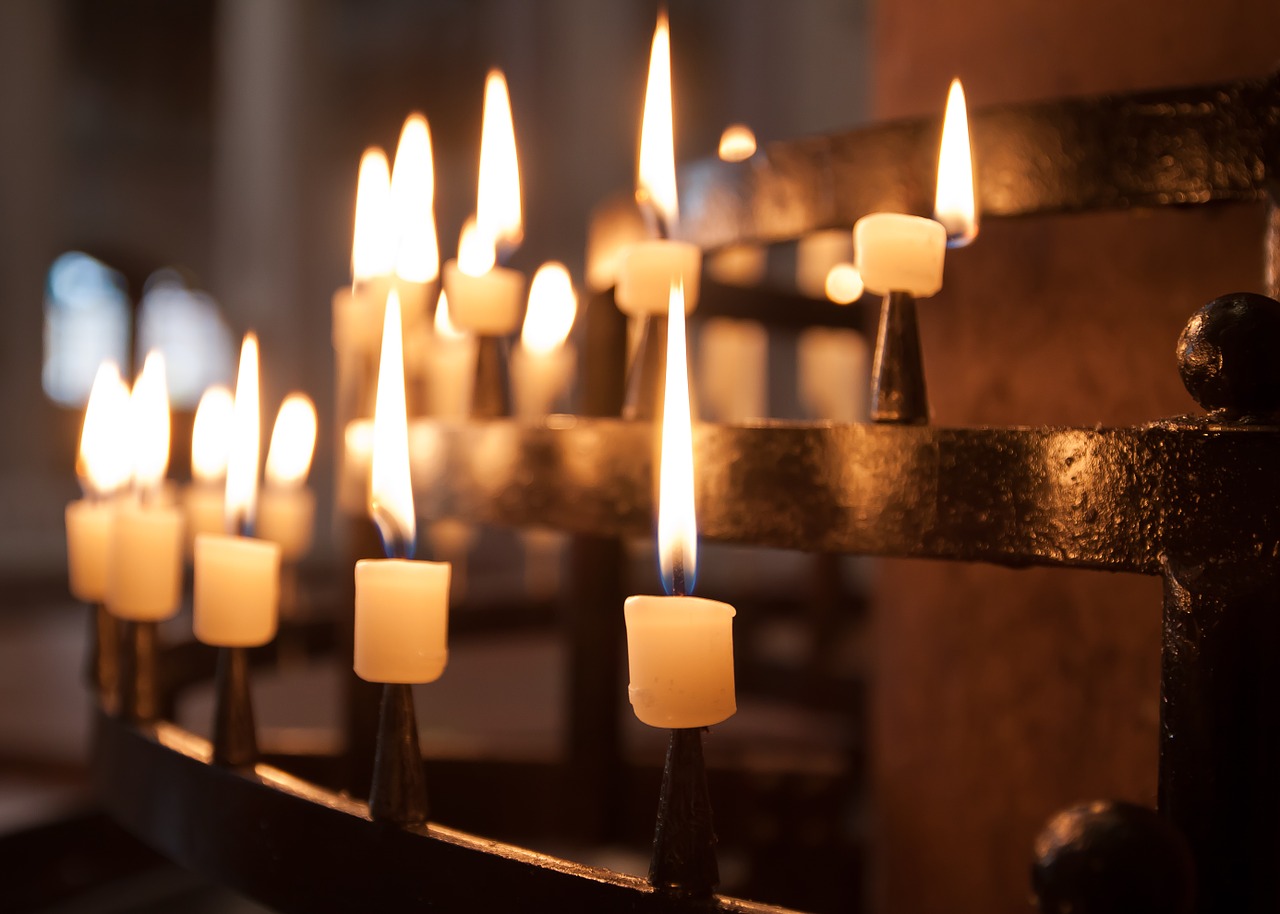Answered by Legionary of Christ Father Edward McNamara, professor of liturgy and dean of theology at the Regina Apostolorum university.
***
Q: Have you ever commented on the liturgical practice increasingly surfacing of removing holy water from the fonts of churches for the entire Lenten season? Please provide us documentation to show this is NOT the mind of the Church. — K.B., Bloomingdale, Ohio
A: Actually yes, we have addressed this topic on two separate occasions, although it does tend to crop up every now and again. We explained on March 23, 2004, and again in 2009 why this should not be done, quoting from an official reply of the Congregation for Divine Worship (3/14/03: Prot. N. 569/00/L). To wit:
«This Dicastery is able to respond that the removing of Holy Water from the fonts during the season of Lent is not permitted, in particular, for two reasons:
«1. The liturgical legislation in force does not foresee this innovation, which in addition to being ‘praeter legem’ is contrary to a balanced understanding of the season of Lent, which though truly being a season of penance, is also a season rich in the symbolism of water and baptism, constantly evoked in liturgical texts.
«2. The encouragement of the Church that the faithful avail themselves frequently of the sacraments is to be understood to apply also to the season of Lent. The ‘fast’ and ‘abstinence’ which the faithful embrace in this season does not extend to abstaining from the sacraments or sacramentals of the Church.
«The practice of the Church has been to empty the Holy Water fonts on the days of the Sacred Triduum in preparation of the blessing of the water at the Easter Vigil, and it corresponds to those days on which the Eucharist is not celebrated (i.e., Good Friday and Holy Saturday).»
That is fairly clear.
The tradition of placing holy water stoups at the entrance of the church probably originated with the custom of early Christians of washing their hands before entering the basilica in a fountain opportunely located in the atrium and called a cantharus or phiala. The custom was not just for practical purposes, as can be seen in St. John Chrysostom’s admonition to those who «enter church washing their hands but not their hearts» (Homily LXXI on St. John).
One of the most famous of these fountains was the first-century bronze pine cone, almost 4 meters high, which originally stood near the Pantheon and the temple of Isis in Rome and was later moved into the courtyard of the original basilica of St. Peter. In 1608, during construction of the new St. Peter’s Basilica, it was moved to its present location, the “Cortile della Pigna,” which now forms part of the Vatican Museums.
When in time the atrium of most churches was reduced to a porch or narthex, the cantharus gave way to smaller stoups placed just inside the entrance of the church.
This change also led to the disappearance of any practical usage of water, leaving only the religious meaning as a symbol of baptism and purification. Although the practice already existed in some places, it was Pope Leo IV (847-855) who ordered priests to bless and sprinkle the people with holy water every Sunday before Mass. In some places this was done by the priest as the people entered the church. The present custom of crossing oneself is apparently of later origin.
There are relatively few extant examples of stoups from before the 11th century, although there are some probable examples going back several centuries earlier, such as a ninth-century pail in the treasury of Aachen. There are no universally established rules regarding the size, shape and design of stoups, and many forms are found.
The diocesan norms issued for Milan by St. Charles Borromeo (1538-1584) greatly influenced subsequent usages. He wrote: «The vessel intended for holy water … shall be of marble or of solid stone, neither porous nor with cracks. It shall rest upon a handsomely wrought column and shall not be placed outside of the church but within it and, insofar as possible, to the right of those who enter. There shall be one at the door by which the men enter and one at the women’s door. They shall not be fastened to the wall but removed from it as far as convenient. A column or a base will support them and it must represent nothing profane.»
* * *
Readers may send questions to zenit.liturgy@gmail.com. Please put the word «Liturgy» in the subject field. The text should include your initials, your city and your state, province or country. Father McNamara can only answer a small selection of the great number of questions that arrive.

Pixabay.com - Foto-Rabe
LITURGY Q & A: Why Not to Empty Holy Water Fonts
Fr. Edward McNamara Says No «Fast» From Sacramentals in Lent


